11 Surprising Realities of Visiting the Border Between North and South Korea
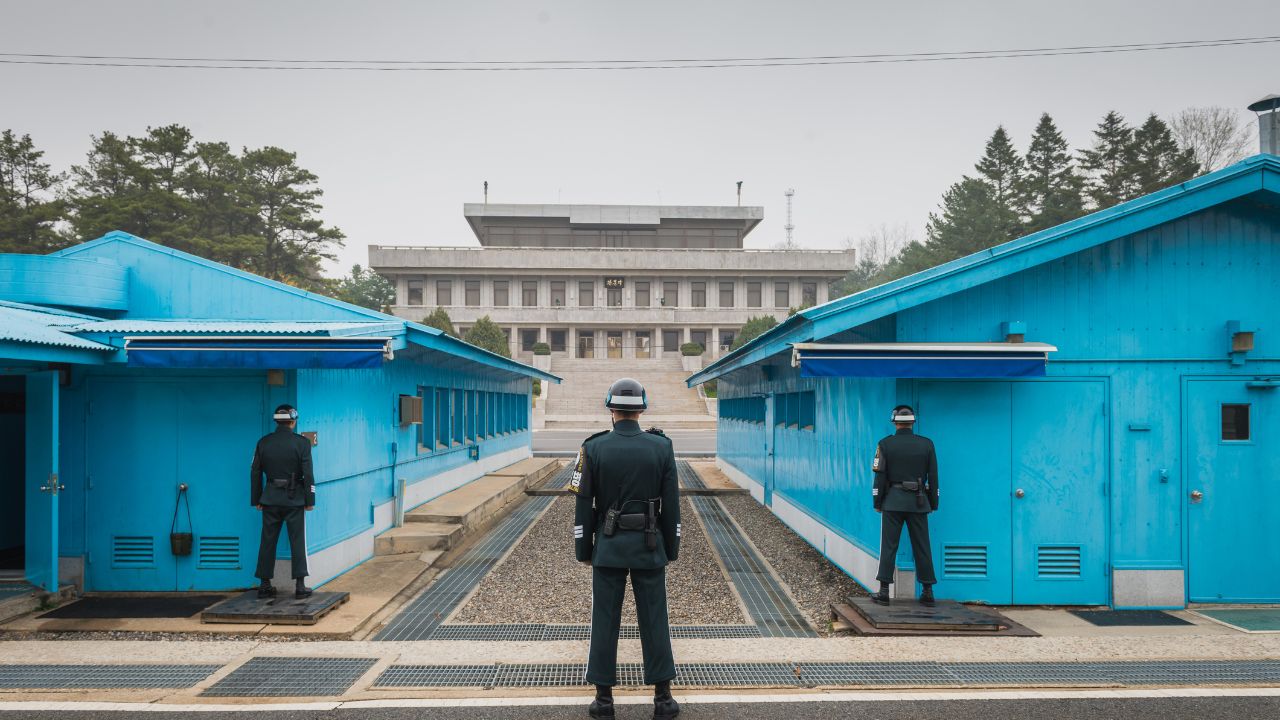
Visiting the border between North and South Korea isn’t your typical day trip. It’s part history lesson, part political tension, and part surreal experience. While tours focus on key sites like the DMZ and the Joint Security Area, it’s the unexpected human elements that leave a lasting impression. From a modern South Korean village thriving inside the DMZ to eerie ghost towns across the line, what you’ll witness is both unsettling and fascinating. Here are 11 surprising realities that show just how strange and significant, this border truly is.
Living Within the DMZ
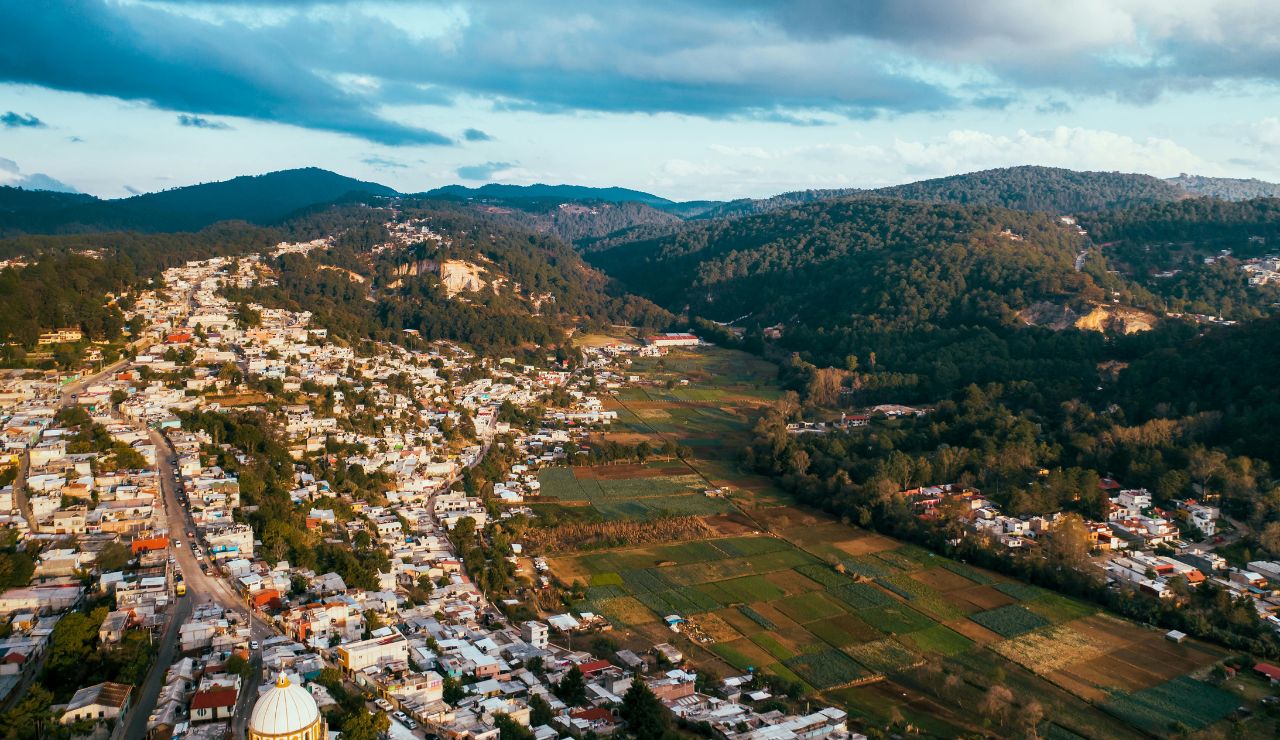
It’s hard to imagine, but there’s a real village tucked inside the heavily fortified DMZ. Taesung Freedom Village is home to South Korean civilians who live under strict rules curfews, military escorts, and limited movement. Only those born or married into the community can stay, and residents are technically exempt from paying taxes. Despite the looming presence of conflict, life carries on here with farming, school, and routine. Walking through this village is one of the most surreal parts of the DMZ experience, a quiet, normal life unfolding in a place built to keep people apart.
A High-Tech, Model Village
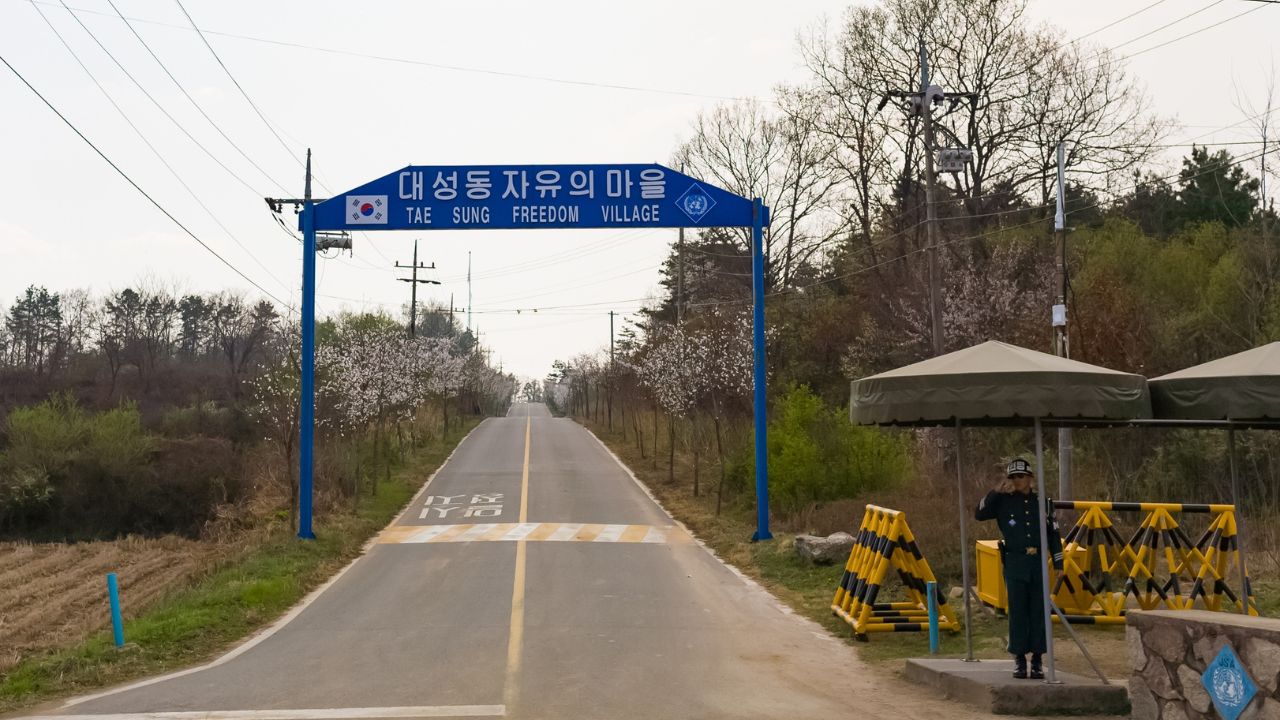
Taesung Freedom Village may sit in the middle of one of the world’s most militarized zones, but it feels unexpectedly advanced. It’s home to one of South Korea’s top elementary schools, complete with high-speed 5G internet, modern facilities, and free English lessons from stationed UN troops. Life here is regulated and protected, but also quietly thriving. The village stands as a living statement proof that even in a zone shaped by division, South Korea is committed to growth, education, and resilience. It’s not just surviving, it’s making a point.
The Empty Propaganda Village
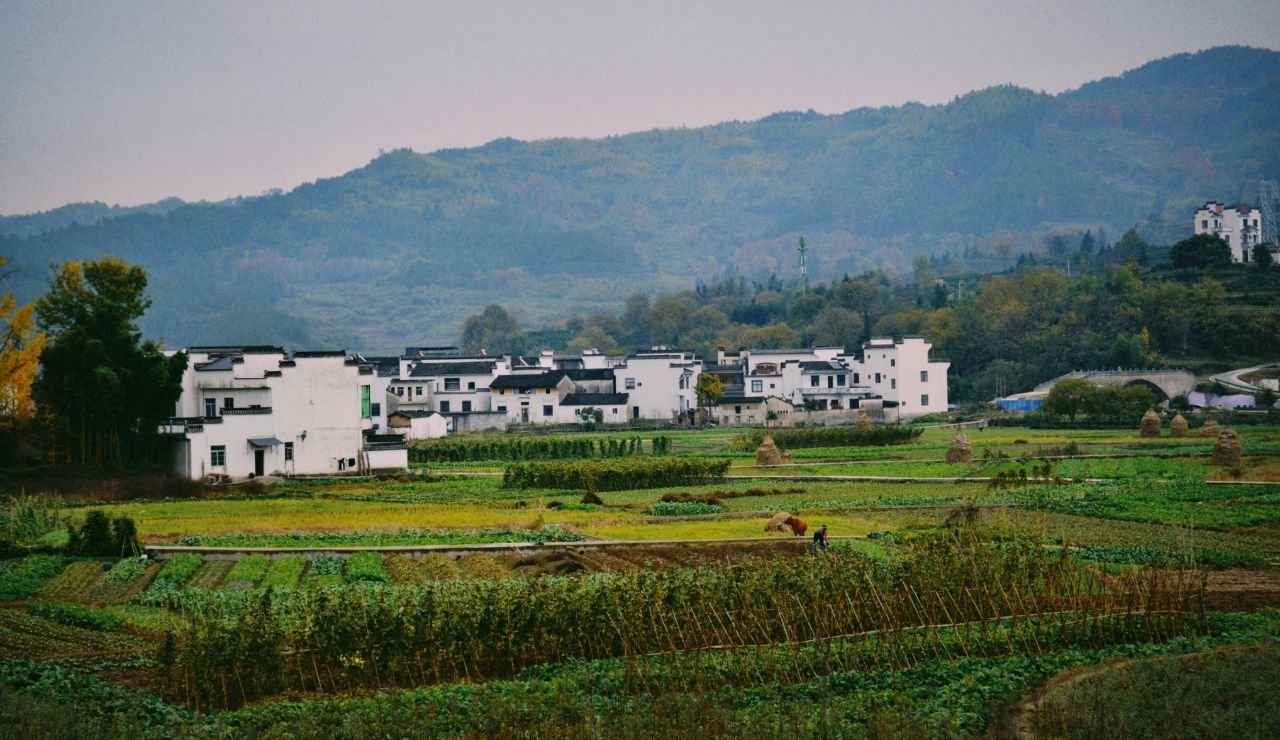
Peer across the border and you’ll see Kijong-dong, North Korea’s so-called “Propaganda Village.” At first glance, it looks like a lively town bright buildings, paved roads, even a massive flagpole flying proudly. But through binoculars, the illusion cracks. The windows are painted on, the lights are automated, and no one actually lives there. It’s a carefully constructed ghost town meant to project prosperity to outsiders and lure defectors. Standing there, you realize it’s less a village and more a stage one built to influence perception, not house people.
Music Wars and Messages
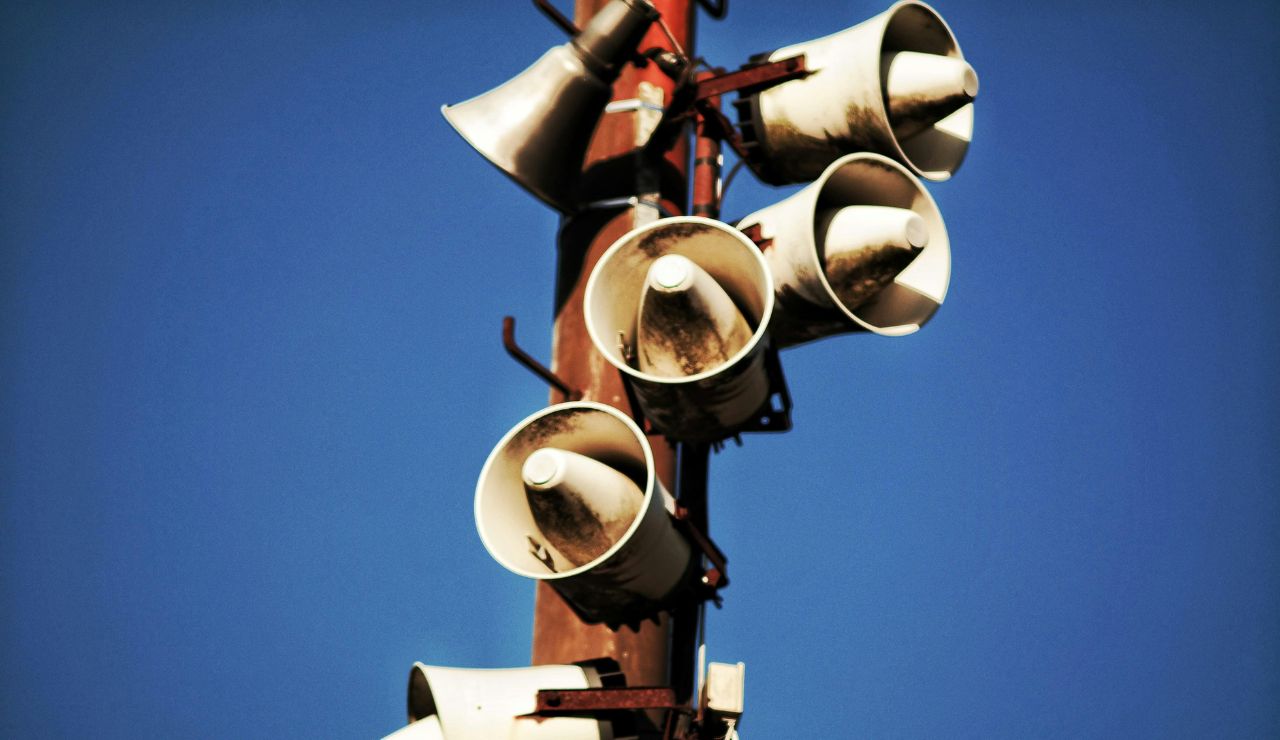
Sound plays a strange role at the border. As you near the DMZ, the quiet is often broken by giant loudspeakers blasting across the divide. South Korea airs weather updates, K-pop hits, and messages about freedom and opportunity. North Korea fires back with military marches and speeches praising its leadership. The result? A bizarre sonic battle echoing through an otherwise silent, heavily guarded landscape. It feels theatrical like both sides are performing for an invisible audience. It’s a powerful reminder that the conflict isn’t just political, it’s psychological too.
Restricted Photography Rules

Photography at the DMZ isn’t as simple as point and shoot. In the Joint Security Area, you’ll be given clear, strict instructions usually to only take photos facing the North Korean side. Soldiers monitor visitors closely, and it’s not uncommon for them to check your images or ask you to delete anything deemed off-limits. You may feel like a tourist, but you’re standing in an active military zone where every photo is a potential security risk. The limits aren’t just rules, they’re a subtle but firm reminder of the border’s fragile reality.
Dress Code Enforcement
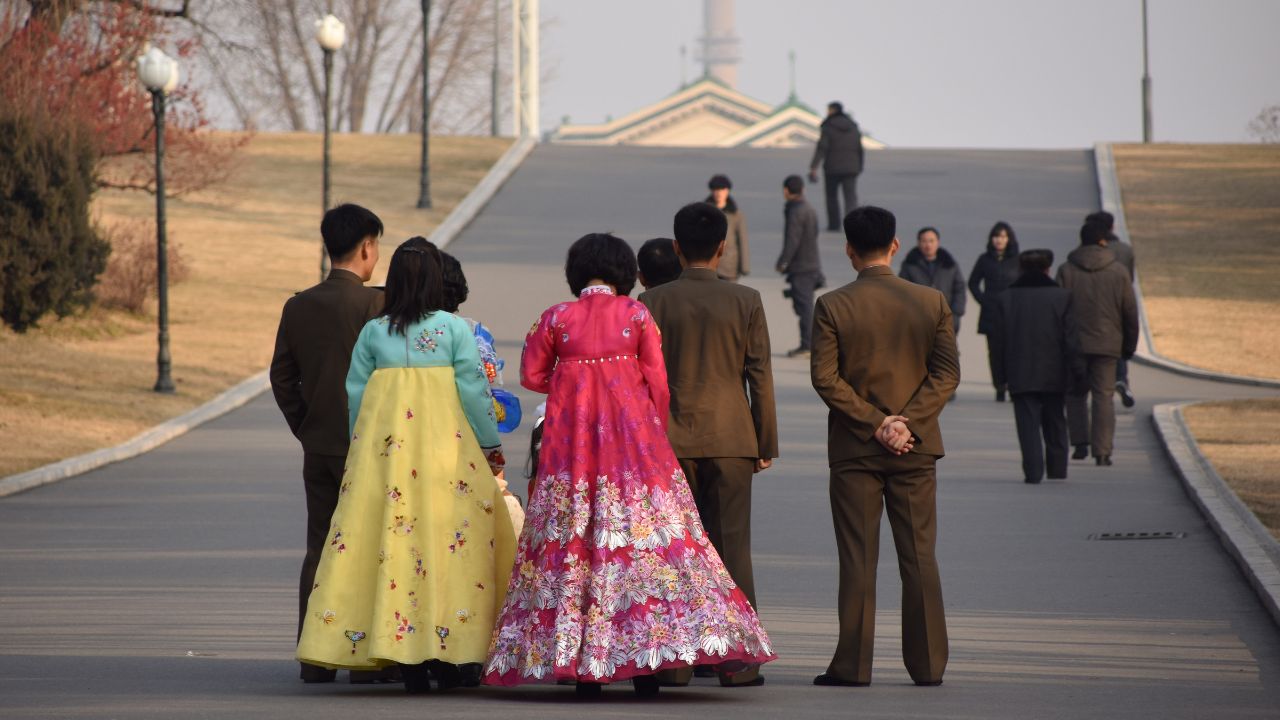
What you wear to the border actually matters. Before entering the Joint Security Area, you’ll get a dress code briefing collared shirts and long pants for men, no ripped jeans, short skirts, or tank tops for women. The reason? North Korea has used tourist photos in state propaganda to portray South Koreans and their allies as poor or undisciplined. So your outfit becomes more than just clothing, it’s part of a carefully managed political image. It’s strange, but in this zone, even your wardrobe plays a role in the narrative.
Signing a Waiver to Enter
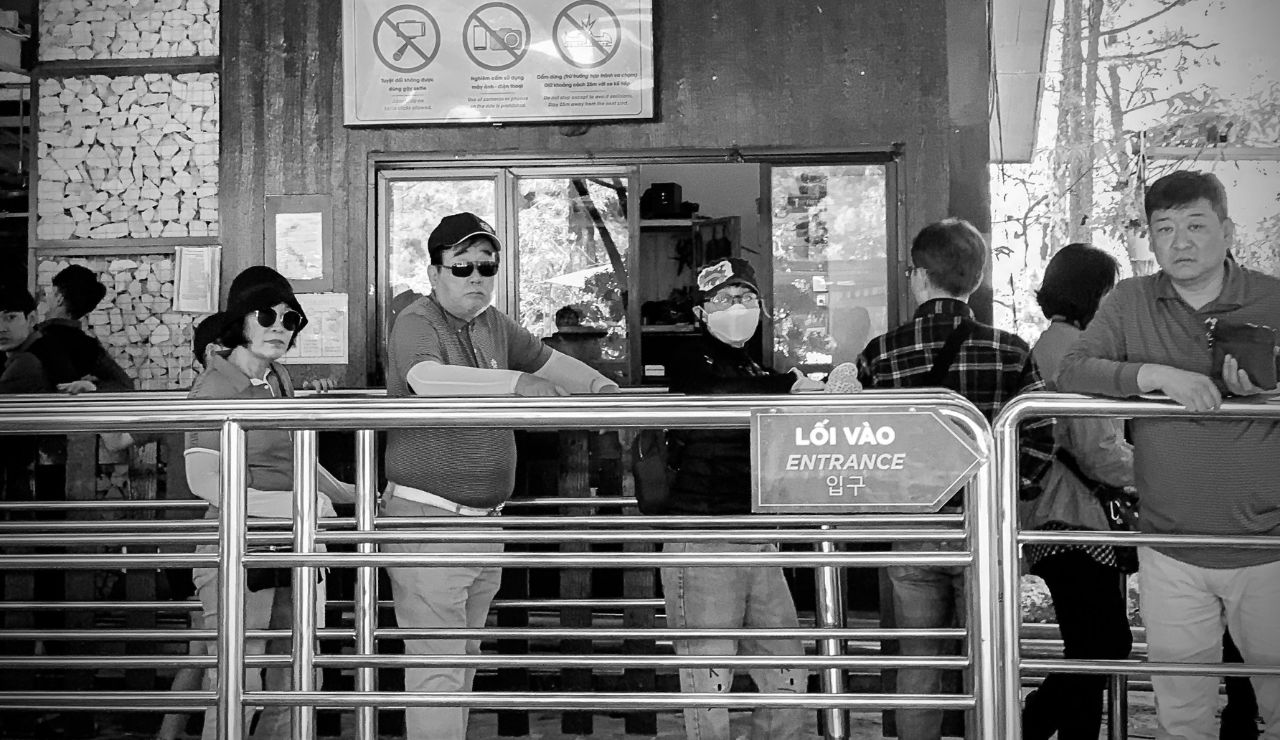
Before entering the Joint Security Area, you’ll be asked to sign a waiver and it’s not your usual fine print. It clearly states the risk of serious injury or death due to potential hostilities. The language is blunt, not dramatic. This isn’t just another stop on a tour, it’s an active military zone where things could shift in an instant. Signing that paper snaps you into the present. What felt like a historic sightseeing trip suddenly becomes very real. It’s a stark reminder peace here is fragile, and never fully guaranteed.
Sudden Tour Cancellations
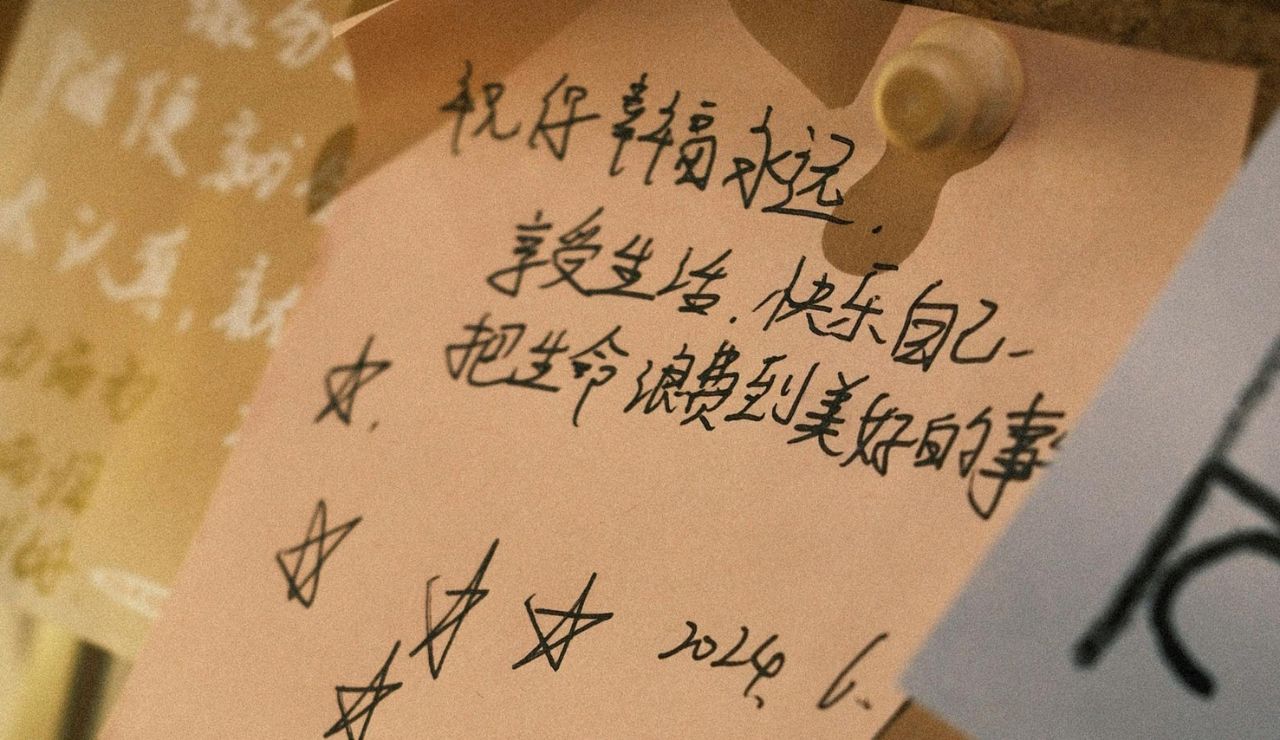
Even if you’ve booked weeks ahead and planned every detail, DMZ tours can be called off with zero warning. A sudden military drill, diplomatic meeting, or vague security threat is enough to shut things down sometimes just hours before your visit. It can feel disappointing, but it’s also revealing. The unpredictability isn’t a fluke, it’s part of life near one of the world’s most heavily guarded borders. Peace here is a delicate balance, and tourism always takes a back seat to security. When tours stop, it’s a reminder that the tension never really does.
A Quiet, Eerie Atmosphere
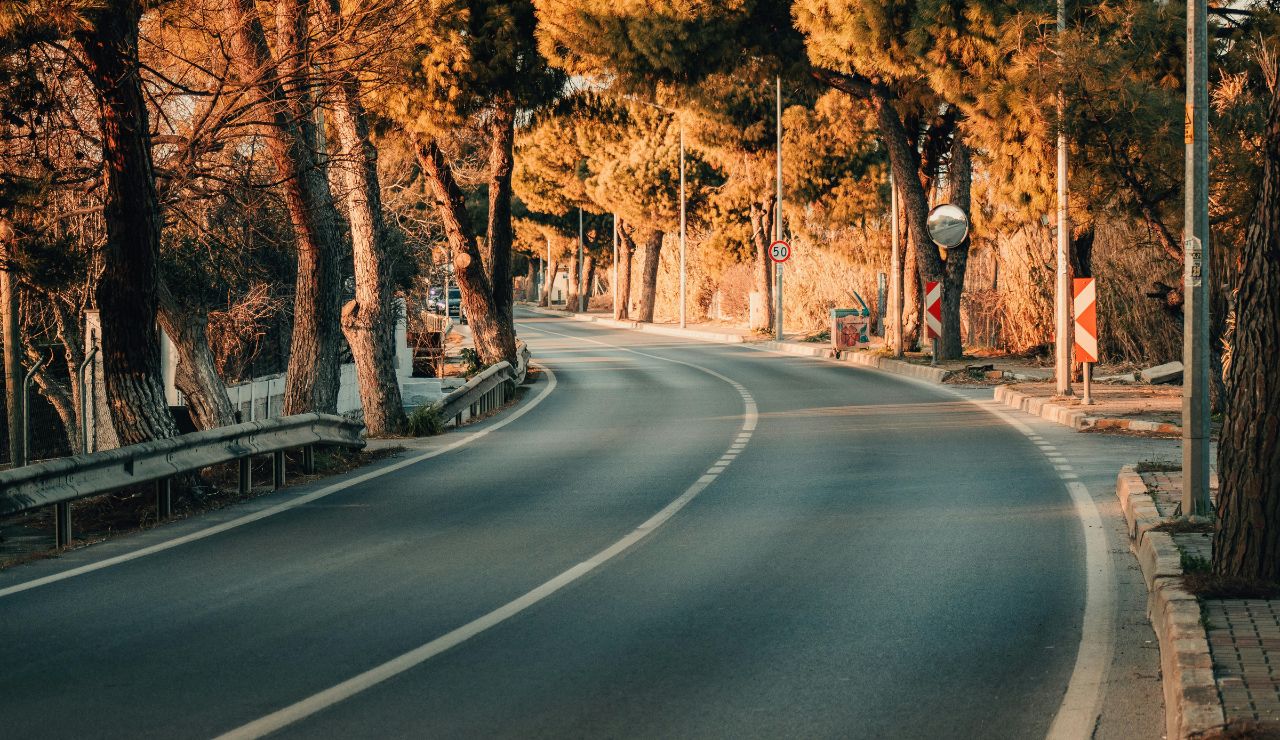
For all its military presence, the DMZ often feels hauntingly still. You might pass shuttered houses, overgrown roads, or vast forests left untouched for decades. There’s no traffic, no chatter, just an uneasy silence that hangs in the air. It’s peaceful on the surface, but beneath that quiet is the weight of history and the threat of sudden change. The landscape feels frozen in time, as if it’s holding its breath. Walking through it, you can’t help but feel that something could stir at any moment because once, it did.
Tension You Can Feel
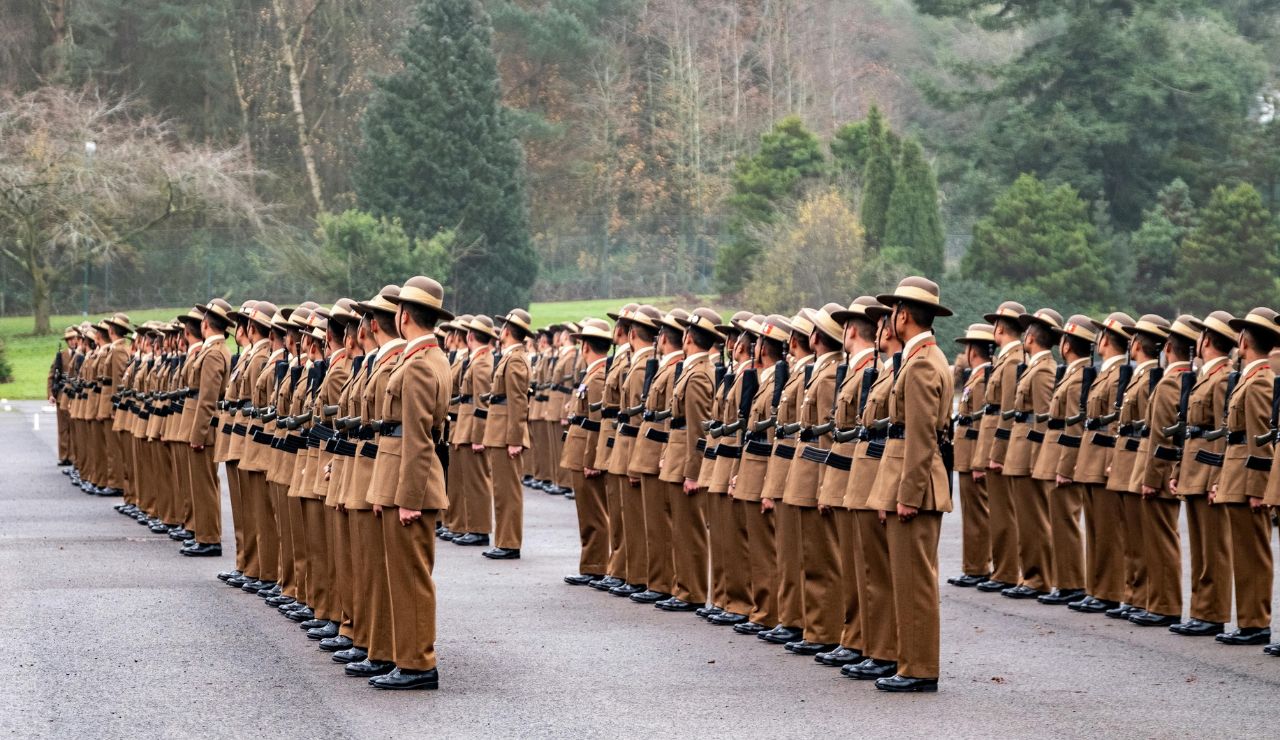
Even on the calmest day, the air along the border feels thick with unspoken tension. Armed soldiers stand stone-still, eyes forward, never reacting. Surveillance cameras are everywhere, and your guide may warn you not to wave, point, or make sudden movements. No one shouts, but the rules are loud and clear. You’re surrounded by silence, but it crackles. Despite the polished tours and photo ops, you can feel the conflict beneath the surface—like the peace is holding, but just barely. It’s an uneasy calm that never fully lets you exhale.
Defectors Still Cross This Border

Beneath the surface of official tours and guarded ceremonies, real human stories still unfold some heartbreaking, some heroic. Every so often, a North Korean defector risks their life to cross this fortified border, sometimes dodging gunfire or mines along the way. It’s incredibly rare, but it does happen. When your guide shares one of these accounts, it shakes you. The DMZ isn’t just a relic of the Cold War or a place for political posturing, it’s still a desperate line between oppression and freedom. And for some, crossing it means everything.